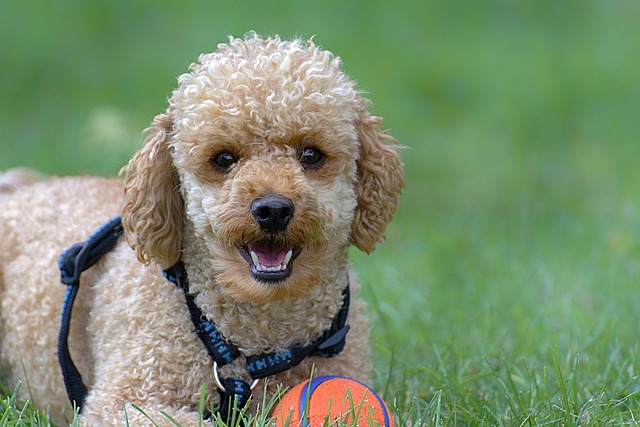
How do i train my dog to be obedient?
Watching your dog dart across the park ignoring your calls isn’t just frustrating—it can put them at risk near busy streets or public spaces.
That moment when your dog chews up your favorite shoes or jumps on guests can be incredibly frustrating. But what we label as "bad behavior" is usually just natural dog behavior happening in the wrong context. The most effective correction doesn't involve punishment but rather teaching your dog what to do instead while managing their environment to set them up for success.
The science of behavior modification shows that punishment-based methods often create more problems than they solve. Techniques like yelling, physical corrections, or rubbing a dog's nose in accidents tend to increase anxiety and damage your bond without teaching appropriate alternatives. Modern dog training focuses on positive reinforcement—rewarding the behaviors you want to see more of. This approach works because it helps dogs understand exactly what earns them rewards, making them more likely to repeat those desired behaviors. For example, instead of punishing jumping, you would reward all four paws on the floor. This positive approach aligns with animal welfare standards across the U.S. and Europe, where force-based training methods are increasingly frowned upon and in some cases regulated.

Start by preventing rehearsal of unwanted behaviors through management. Use baby gates to limit access to tempting items, keep shoes behind closed doors, and provide appropriate chew toys. When unwanted behavior occurs, redirect to an incompatible appropriate behavior—if your dog jumps up, ask for a "sit"; if they chew furniture, offer a approved chew toy. Reward them generously for making the right choice. For barking at passersby from apartment windows, close curtains or use window film to reduce visual triggers while teaching a "quiet" cue. Consistency is crucial—all family members should respond to behaviors the same way to avoid confusing your dog.
Your behavior modification efforts connect to broader community responsibilities. Ensure your dog's vaccinations and licenses are current, as required by local laws—a healthy, properly identified dog is easier to manage and less likely to generate complaints. When walking your dog, always carry waste bags and clean up immediately; this is both a legal requirement and common courtesy in most municipalities. Be particularly mindful of leash laws and respect others' space—not everyone appreciates approaching dogs, even friendly ones. If working with reactivity issues, consider walking during less busy times while you train. By addressing behavior issues humanely and effectively, you're not just creating a better-behaved pet—you're contributing to a community where dogs are welcomed and respected members.

Watching your dog dart across the park ignoring your calls isn’t just frustrating—it can put them at risk near busy streets or public spaces.

New puppy owners often find themselves rushing to clean up accidents before they set in, and that’s where puppy pad training becomes a game-changer.

If you've noticed your dog's waistline disappearing and your veterinarian has mentioned those few extra pounds, your first instinct might be to simply reduce the amount of food in their bowl.

Training a dog to use a designated spot indoors isn’t as daunting as many new owners fear, but it does take consistency and an understanding of your pet’s needs.

That moment of dread on a walk is all too familiar for many new dog owners. You see another dog approaching down the sidewalk of your neighborhood

If the sight of another dog on your neighborhood walk makes your heart sink as your own dog erupts into a frenzy of barking and lunging, you're not alone.